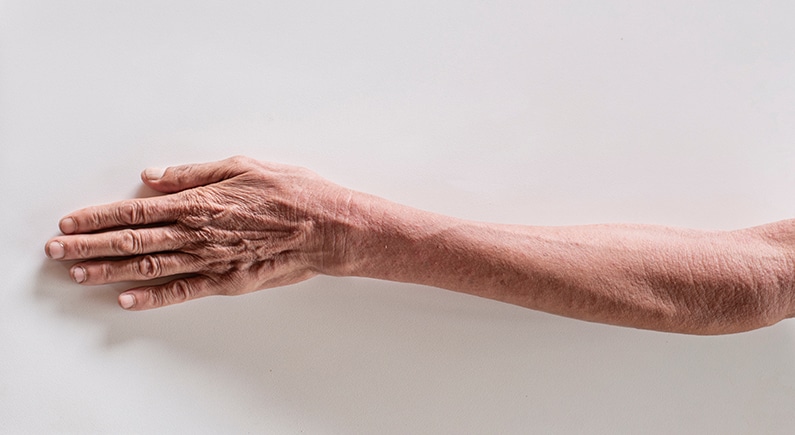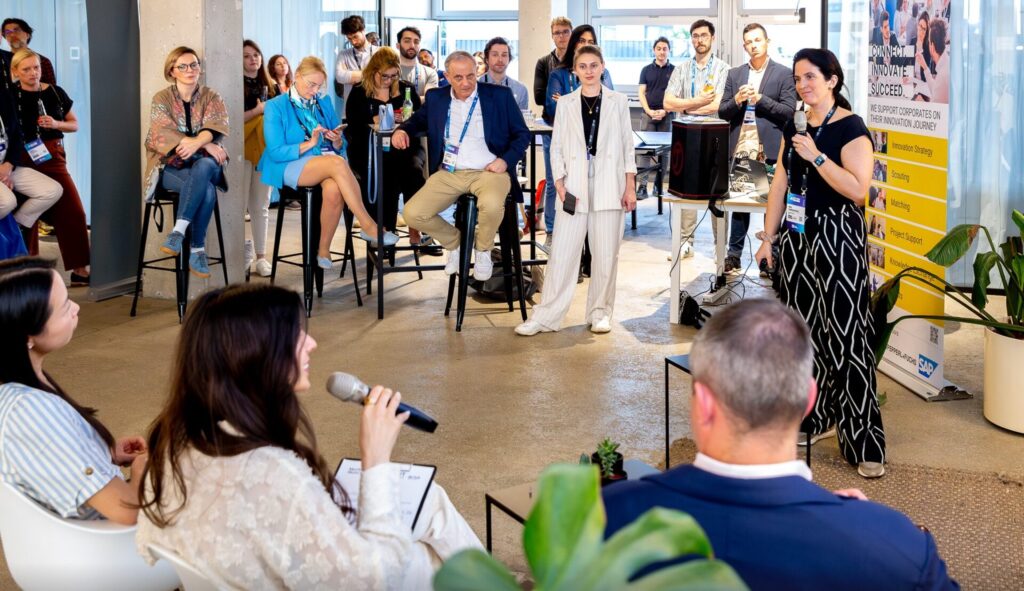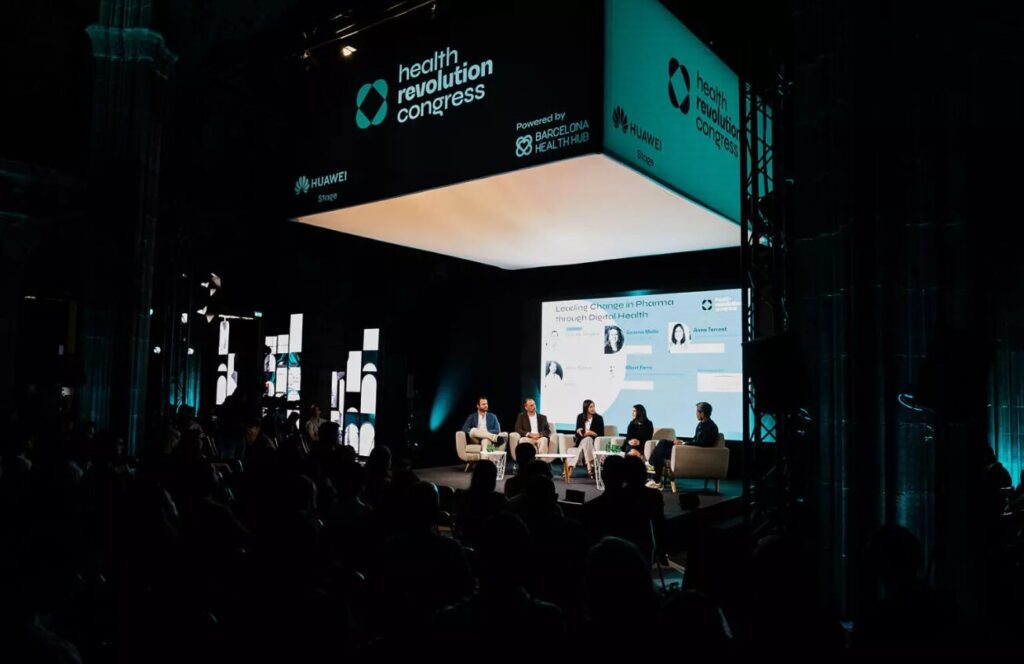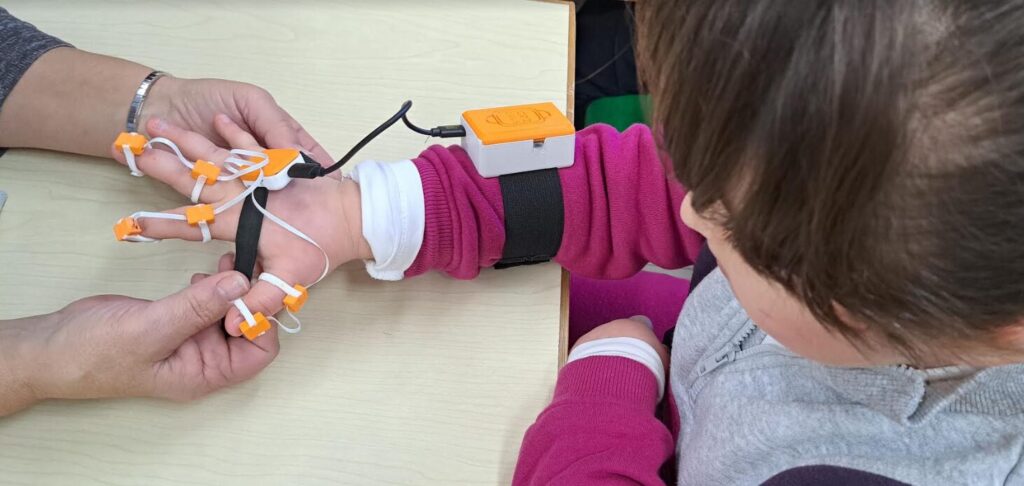
Michael Joe Cini
2nd December 2022
Implantable devices show promise for treating atrophy
Taking a cue from the concept that mechanically stimulating muscle tissue can help to prevent or reverse atrophy, scientists at the Wyss Institute for Biologically Inspired Engineering and the Harvard John A. Paulson School of Engineering and Applied Sciences have developed a mechanically active adhesive to be applied to atrophying muscles.
This adhesive contracts upon external stimulation, delivering mechanical stimuli and promoting recovery from muscle atrophy.
Mechano-stimulation: Significant Potential for Preventing Atrophy
When muscles are not exercised enough, they begin to lose much of their mass. This process is known as atrophy and is a progressive loss in the structure and function of the body’s muscles. Atrophy typically occurs when muscles have been immobilized or are not exercised enough, as is the case when a limb is put in a cast, suffers a form of paralysis, or is bedridden or advanced in age. Muscular atrophy is common in certain neurological disorders, such as amyotrophic lateral sclerosis, Guillain-Barré syndrome, peripheral neuropathy, or spinal cord injury.
Mechanotherapy has been thought to provide significant potential for tissue repair, which might help to reverse the progression of atrophy. Massage has already been explored as a possible means for contracting and stretching muscles externally. Moderate success has been seen with this method. Researchers have long wondered about the potential for using external stimulation – such as mechanical systems capable of generating forces along the length of muscles – as a means of treatment. Massages are difficult to use to maintain a controlled, consistent, and sustained contraction of muscles. Several factors have limited the ability of researchers to implement this, all related to the absence of capable technology to mediate this technique.
MAGENTA, a soft, mechanically active, robotic device, has now been developed by the Wyss Institute researchers and aims to solve the problems that researchers had earlier faced in testing this theory. MAGENTA can provide even stretching or contraction of muscle fibres and deliver mechanical stimuli to the surface and deeper layers of muscle tissue. With this, researchers can now explore the efficiency of external stimulation in mitigating muscle atrophy. The new devices provide a springboard for developing newer technologies in the field.
How MAGENTA Works
In a study published in Nature Materials in November, researchers Sungmin Nam, Bo Ri Seo, Alexander Najibi, Stephanie McNamara, and David Mooney described the results of using MAGENTA to treat muscles which had been subject to disuse. MAGENTA works as “a new integrated multi-component system for the mechano-stimulation of muscle that can be directly placed on muscle tissue to trigger key molecular pathways for growth. We think that the device’s core design can be broadly adapted to various disease settings where atrophy is a major issue.” MAGENTA stands for “mechanically active gel-elastomer-nitinol tissue adhesive,” and is a new technology currently being promoted by the Wyss Institute team.
A major component of MAGENTA’s core design is a spring made from nitinol, a type of metal known as a shape memory alloy (SMA). Shape memory alloy (SMA) is a material that enables MAGENTA’s actuation when heated to the right temperatures. In the research project, the scientists activated the spring by wiring it to a microprocessor unit that enables the frequency and duration of stretches and contractions to be programmable. At this microprocessor unit, the core design components are modulated and actuated to contract at specific frequencies.
Firm bindings
Among the other components of MAGENTA is an elastomer matrix that insulates the heated SMA from the muscle tissue. This ensures that the shape memory alloy (SMA) remains biosafe throughout its duration of action. A tough adhesive component also binds the device firmly to the muscle tissue, ensuring that the mechanical forces generated by the SMA spring are effectively transmitted to the tissue. The adhesive welds the device to the muscle tissue along the natural axis of movement, enabling natural movements to occur.
When the spring is heated, the MAGENTA unit contracts and the forces are transmitted to the muscle tissue, generating muscle contraction. Various external stimuli have been explored for providing stimuli to the device, from wired to wireless. In their experiment, the Wyss Institute team used electrical actuation to provide the main stimulus to the MAGENTA unit. They also explored the possibility of using laser light to actuate the MAGENTA device and stimulate contraction. Laser light actuation did not achieve the same effect. However, researchers believe that light sensitivity may be improved, enabling the device to function wirelessly. This may help to improve MAGENTA’s utility in human patients in the future.
With its tough hydrogel adhesive surface, the MAGENTA device can be easily scaled from millimetres to several centimetres. This would make it a highly usable piece of tech to provide mechanotherapy in various diseases of muscle tissue, allowing for the treatment of muscular atrophy of various magnitudes. Clinicians and researchers may significantly improve the therapeutic usefulness of MAGENTA by exploring the use of laser light and other wireless actuation mechanisms.
MAGENTA and Mechanotherapy – Results from Latest Tests
To test the capability of MAGENTA, the researchers assembled the device and implanted it first in isolated ex vivo muscles, and then in a major calf muscle in mice. The first test was of the muscle-deforming potential of the device. With the tests conducted, the device exhibited a mechanical strain of about 15 percent on the muscles, matching their normal physiological deformation during exercise. Importantly, the researchers observed no major signs of tissue damage in either the ex vivo tests or those in the mice.
The second test evaluated the therapeutic efficiency of the new device. To achieve this, the researchers created a state of immobilization in a mouse’s hind limb by holding it in a cast-like enclosure for up to two weeks. According to first author Sungmin Nam, “While untreated muscles and muscles treated with the device but not stimulated significantly wasted away during this period, the actively stimulated muscles showed reduced muscle wasting.” MAGENTA was able to reduce the progression of atrophy in the muscle tissue successfully.
David Mooney, a Founding Core Faculty member at Wyss and senior author, noted, “There is a good chance that distinct soft robotic approaches with their unique effects on muscle tissue could open up disease or injury-specific mechano-therapeutic avenues.”
Technology solutions like MAGENTA are opening up new pathways to provide interventions to people in ways that drug-based therapies cannot do so, especially in emerging fields like regenerative medicine.






